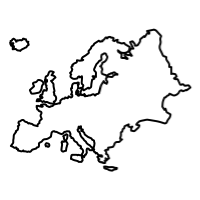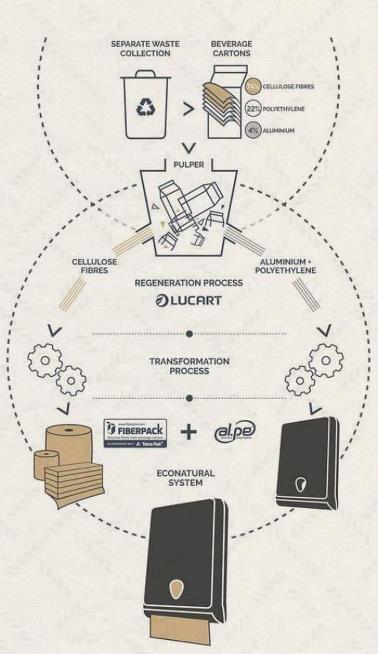Industry, consumers and legislators are increasingly demanding source separation and sustainability. There are great advantages in optimizing source separation, both environmental and financial.
Daily waste management creates different challenges for different industries. Common to most business areas is the increasing demand for separating at the source
Europe without waste
New EU waste legislation - the Waste Framework Directive - increases focus on the prevention and reduction of waste in a circular economy. Sorting and recycling plays a key role.
- By 2025 we must recycle 55% of municipal waste, including paper, glass, metal, bio-waste and textiles – and 65% of packaging waste
- In addition, landfill waste must be reduced to 10% or less by 2035
How? By placing emphasis on prevention, reuse and recycling and rethinking waste as a resource. Producing less waste benefits the environment and the economy. By sorting and recycling, we can save large amounts of waste, energy and Co2 otherwise used in the production and transportation of new products
Sorting makes good sense!
Waste as a resource
When we start rethinking waste, we can start viewing waste as a valuable resource, incinerating less waste and reducing our impact on landfills.
Household and gardening waste represents a large fraction of municipal household waste, but used intelligently, it can be turned into energy or fertilizer. Through intelligent sorting, recycling and reuse, it is possible to limit use of new raw materials. In this new way of thinking, unused waste because an untapped resource and a potential loss.
Did you know?
T3 natural paper is a great example of rethinking waste. Made from Tetra Pak milk cartons and packaging, this is a great example of how optimal recycling of large amount of packaging can become a resource instead of ending up in the landfill.
How to succeed with sorting at the source
Contact our waste management or facility management experts for guidance - they can help find the right products or help guide on interior design and facility planning for maximum efficiency.
Tip 1: Check with local/regional legislation
Different municipalities, regions and countries can have very different laws and traditions for sorting and recycling. Check the options in your local area, especially when it comes to sorting of plastics, biodegradables and compostables.
Tip 2: Everyone is in it together
Make sure all users are involved and informed about the right process for sorting and recycling – and make it a team effort so everyone understands why It is important. Creating incentives and competitions between teams can be a good way to motivate teams
Tip 3: Make sorting easy and accessible
Get the right number of size of bins, the right placement, and the right signage and colors for the specific location. Color coding, signs can help as gentle nudging. Sorting correctly is easy with the right setup an information. Especially biodegradable waste accounts for large proportion of waste, but a well though-out waste management plan can reduce the negative impacts on the environment.
Tip 4: Use colorcoding and stickers
Show the recycling journey from initial sourcing to collection station to final stations. Or use stickers on the specific bins to show which kind of waste goes into the bins
We help customers in all industries with proven and innovative solutions for sorting all types of waste, whether biodegradable, paper / cardboard, metal, plastic, cans and bottles, combustible and much more.
With Abena Facility Management you get proven solutions for sorting all types of waste, whether biodegradable, paper / cardboard, metal, plastic, cans and bottles, flammable or otherwise. Get answers to all your questions and free instructions on how to optimize source separation with both environmental and economic benefits




